The church dedicated to Thérèse of Lisieux on the Hungerburg in Innsbruck was built in 1931/32 according to plans by Ing. Siegfried Thurner. In 1935, Ernst Nepo, an artist from Czechia who was based in Innsbruck, was commissioned to create the artistic design. He created the image of St. Therese on the exterior wall and the pictures in the sanctuary. The work was suspended with the annexation in 1938.
The frescoes by Max Weiler in the Theresienkirche
After the end of the Second World War, the nave was also to be decorated with frescoes on the occasion of the 150th anniversary of the Tyrolean Sacred Heart Union. The veneration of the Sacred Heart has a long tradition in Tyrol, especially since 1796, when Napoleon's armies threatened Tyrol, and the Abbot of Stams, Stöckl, requested at the Tyrolean Estates in Bozen to "henceforth celebrate the feast of the divine Heart of Jesus with solemn worship, if Tyrol were to be freed from the impending danger of the enemy." The French troops were - for the time being - repelled and the cult of the Sacred Heart became a part of the Tyrolean national consciousness.
Max Weiler, who would later become one of the most respected contemporary artists, won the competition for the design of the Theresienkirche in 1946. Over the next two years, he created a cycle of large, intensely colored frescoes that not only depict biblical events, but also address the current events in Tyrol at that time. Four scenes are depicted: "The Veneration of the Heart of Jesus," "The Sacred Heart Sun," "John's Memory and the Mount of Olives," and "The Lance Thrust." In addition, there are numerous sketches for other pictures that were not executed.
Scandal around the "Lance Thrust"
During the work, there were already intense protests, and Weiler was forced to make changes. For example, a originally naked Venus was painted over with clothes. The dispute escalated in 1948, the work was discontinued, and the pictures had to be protected by the police from an outraged population. The "Lance Thrust" in particular was scandalized, in which the "Roman Legionnaires" all wear the Tyrolean costume of farmers and marksmen. The fact that some of the depicted figures bore resemblance to people living at that time also caused a stir.
A farm laborer from Ebbs filed a lawsuit against the pictures, feeling personally offended by them. However, the complaint was dismissed for formal reasons. Other opponents of the work, led by Jesuit Father Karl Felch, brought the case to the Vatican. After questioning the Bishop of Innsbruck, Paulus Rusch, the Vatican decided that the frescoes should be removed. They were covered from 1950 to 1958.
Today, fortunately, the frescoes no longer cause any trouble, although their power remains unbroken. There are even signposts on the Hungerburg now, as the deceased Weiler has long been included in the long line of great Tyroleans. A visit to the Theresienkirche is always worthwhile, because the frescoes are among the outstanding examples of sacred art of the 20th century.
 How do you like the content of this page?
How do you like the content of this page?
Please give us your feedback!
Recommended accommodations
Vacation Offers







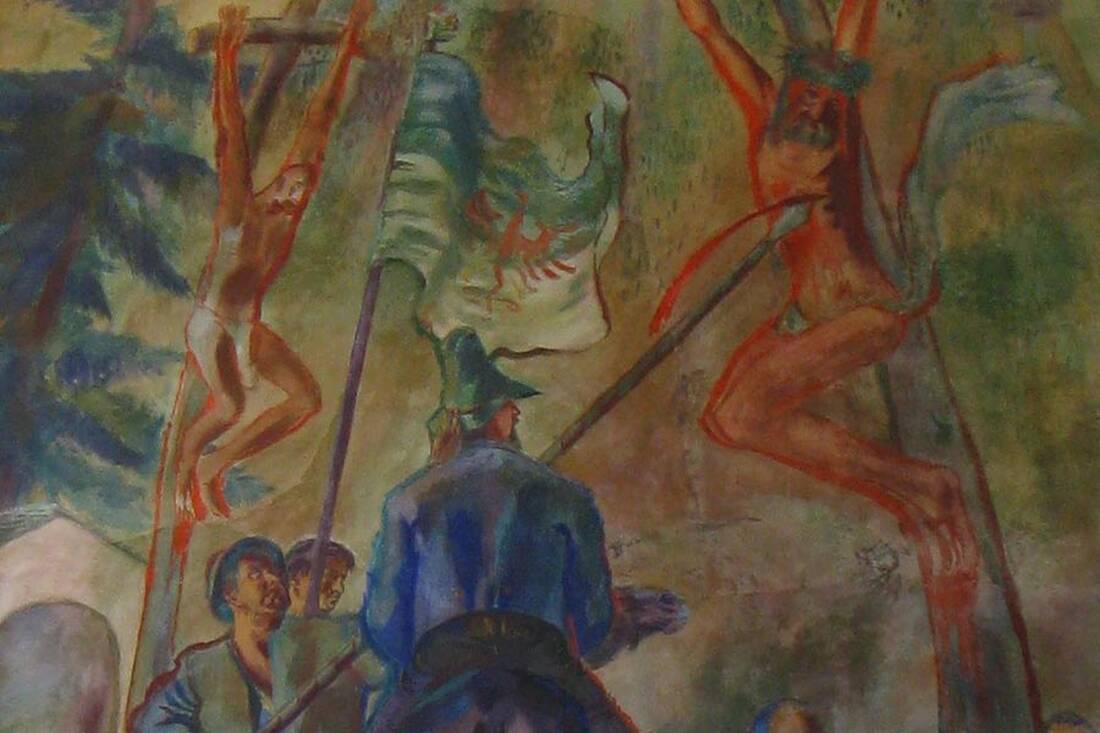
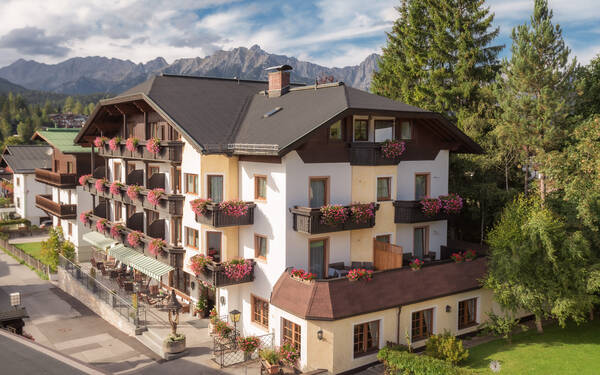





 notice
notice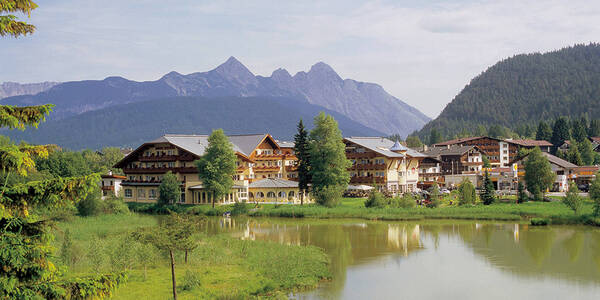

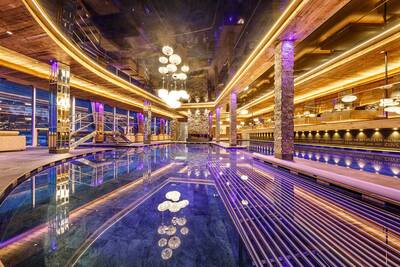

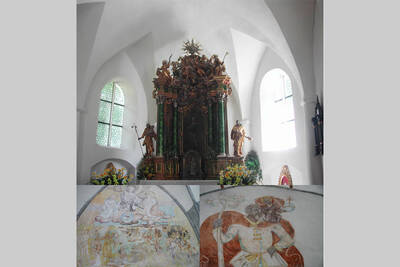
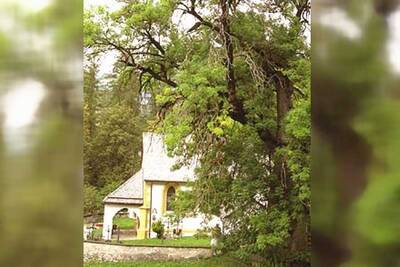
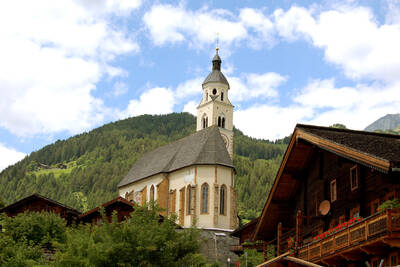
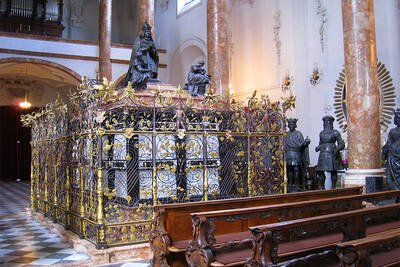
 More infos…
More infos…